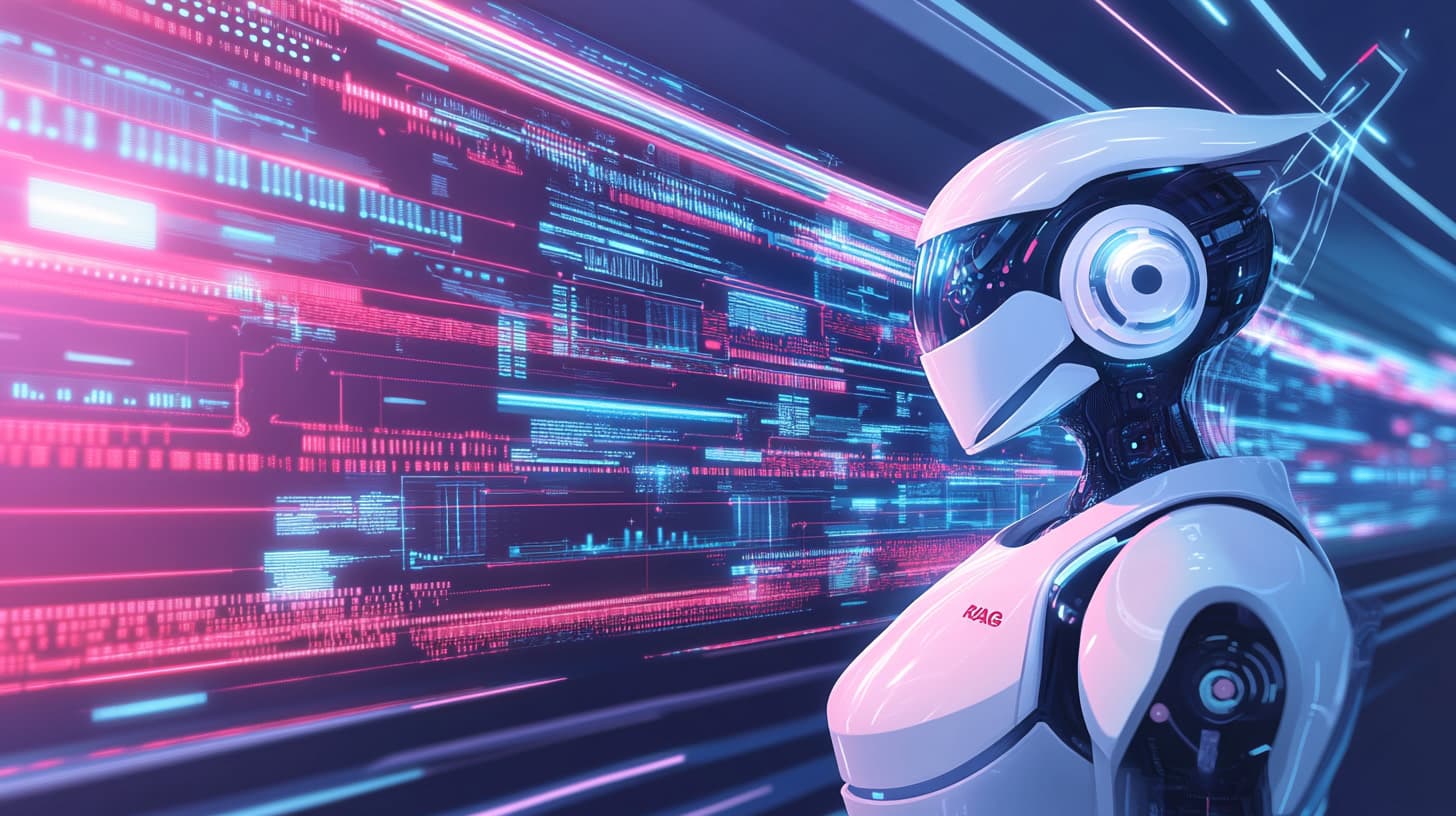How RAG is Revolutionizing Customer Support: Real-Time Solutions for Complex Queries

Online business owners know that customer support is paramount for many reasons. One, customers may have common queries about your products or services. Two, there are common issues that need to be solved. Today, the idea of AI-powered customer support solutions are becoming more prevalent – all thanks to Retrieval Augmented Generation (RAG).
How does RAG connect itself to customer support? Learn more in this guide and prepare to be amazed. Here we go.
Understanding RAG in Customer Support
The role of RAG is taking unstructured data and building it into an index that is searchable and structured. That’s how customer support platforms powered by AI function as if it were human.
The Basics of RAG

RAG will understand and process unstructured data so that AI models can understand it themselves. There are plenty of sources where unstructured data can be found. They include but are not limited to:
- Emails
- Chat transcripts
- Important documents
An AI will scan all of this and be able to learn how to function as if it were a customer service representative. Especially when it can answer frequently asked questions or fix common issues. All of that raw data will come in handy sooner or later – even if it comes in at a continuous rate.
Why RAG Matters for Customer Support
Customer support are often the go-to contacts in online businesses or even brick and mortar businesses with an online presence. Either way, its purpose is to handle any queries and issues offered by customers. The end game is retaining that level of customer satisfaction initially made through your products or services.
In addition, RAG technology will help create a streamlined process that will make finding and delivering a solution that will enhance the overall customer service experience. The duties of customer service will be performed efficiently and effectively.
Implementing RAG in Customer Support Systems
Integrating RAG into customer support systems involves several key steps, each critical to ensuring the technology’s effectiveness in real-time query resolution.
Building a RAG Pipeline
A RAG pipeline will make the entire AI customer support process possible. That’s because it can convert unstructured data into a vector index that is searchable. It goes through stages like data extraction, preprocessing, vectorization, and indexing. All of these are done with such precision so the data’s integrity and usability is up to par.
RAG pipelines will be able to create vast datasets and make it accessible for query resolutions. The data will need to be understood at a deeper level while also becoming useful for addressing customer support queries in particular.
Challenges and Solutions
RAG pipelines do come with challenges of their own. Specifically, the unstructured data’s variability and volume will both pose challenges. As long as you are able to meticulously plan and use the right tools, these challenges will be easy to overcome. Incremental indexing and regular updates must also be performed accordingly so that the data is relevant and recent – making it an ongoing but manageable challenge.

Enhancing Customer Interactions with RAG
One of the key advantages of implementing RAG in customer support systems is the enhancement of customer interactions. By leveraging the power of structured data from unstructured sources, businesses can provide personalized and contextually relevant solutions to customer queries.
For instance, RAG technology can analyze past interactions, customer preferences, and historical data to offer tailored recommendations or resolutions. This level of customization not only improves the efficiency of query resolution but also fosters stronger customer relationships and loyalty.
The Future of Customer Support with RAG
The integration of RAG technology into customer support systems marks a significant leap forward in the quest for real-time, accurate, and efficient query resolution. As businesses continue to generate and accumulate vast amounts of unstructured data, the importance of technologies like RAG will only grow.

Advancements and Innovations
Looking ahead, we can expect to see further advancements in RAG technology and its applications in customer support. Innovations in AI and machine learning, coupled with improvements in data processing and vectorization techniques, will enhance the ability of RAG systems to understand and respond to customer queries.
Moreover, as businesses become more data-driven, the role of RAG in leveraging unstructured data for competitive advantage will expand. This will not only improve customer support but also inform strategic decision-making across the organization.
Embracing RAG for Competitive Advantage
In an era where customer experience can make or break a business, the adoption of RAG technology in customer support systems offers a clear path to differentiation. By providing real-time solutions to complex queries, businesses can elevate their customer service, foster loyalty, and stay ahead of the competition.
As we move forward, the integration of RAG into customer support will continue to evolve, driven by both technological advancements and the ever-increasing expectations of customers. For businesses willing to embrace this change, the future looks promising.
RAG technology is not only reshaping customer support but also influencing the broader landscape of business operations. The ability to extract valuable insights from unstructured data opens up new possibilities for improving decision-making, product development, and overall operational efficiency.

By harnessing the power of RAG beyond customer support, businesses can gain a competitive edge in understanding market trends, predicting customer behavior, and optimizing internal processes. This holistic approach to data utilization positions RAG as a transformative technology with far-reaching implications.
Furthermore, the scalability of RAG allows businesses of all sizes to benefit from its capabilities. Whether a small startup looking to streamline customer interactions or a multinational corporation seeking to enhance data-driven strategies, RAG offers adaptable solutions that cater to diverse business needs.
As the demand for real-time insights and personalized experiences continues to rise, the role of RAG in shaping the future of customer support and business operations will only become more pronounced. Embracing this technology today sets the stage for sustainable growth and innovation tomorrow.